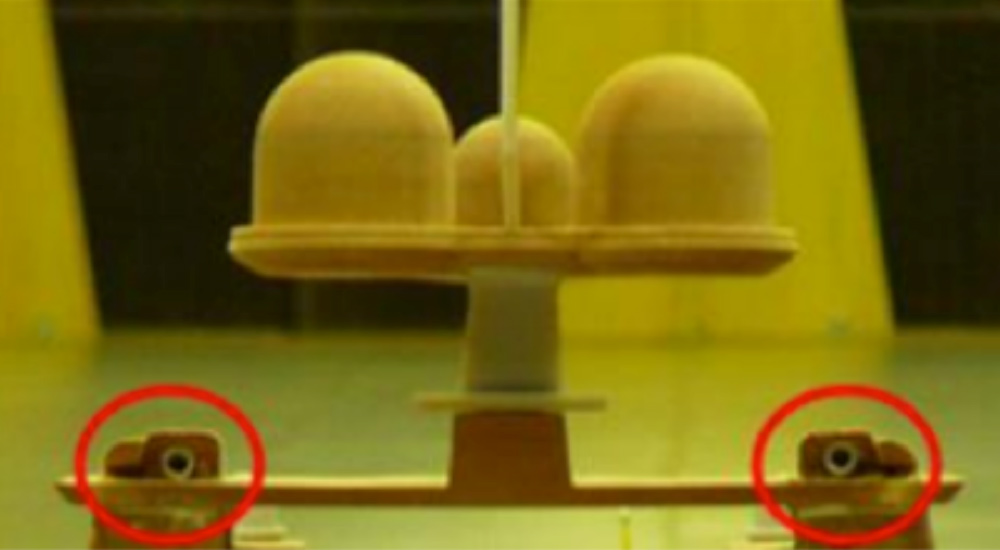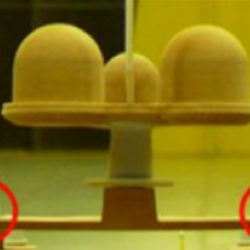Pollution dispersion & environment
Pollution dispersion in the atmosphere is naturally driven by wind conditions. The contribution of lab-scale tests is essential given the theoretical difficulty to treat certain phenomena such as the effects of site topography on the dynamics of clouds or plumes, the influence of the atmospheric stability, the entrainment of the pollutants in the wake of a stack or nearby obstacles.
The boundary layer wind tunnel test section allows to reproduce the atmospheric boundary layer characteristics for the correct evaluation of the environmental phenomena due to the interaction between the incoming flow, the obstacle and the source of gaseous pollutants.
The results obtained through these tests can effectively represent the real scale situation: it is possible to accurately control the scaling of the emissions, ensuring the similarity of the mixing conditions of the released exhausts, i.e. the flow similarity, by dimensional analysis and homogeneous scaling of fluid‐dynamic properties and of the main parameters which affect the behavior of the exhausts discharged.
Considering that pollutants dispersion lab‐scale experiments required the release of a gas having well defined properties in terms of density (to reproduce a particular buoyancy effect) and content of a suitable tracer gas, and taking into account the constraint given by the physical characteristics of the wind tunnel facility, a specific experimental methodology has been developed aiming to gain information about gas dilution and dispersion.
For example, having to reproduce the emission of exhausts produced by diesel fuel combustion, a mixture consisting of air and carbon dioxide, at room temperature, with a CO2 concentration equal to 20% by volume, could be fed to the stacks. The flow rate of the tracer released during the experiments is controlled by means of a mass flowmeter, while the gas analysis is usually performed by means of an on‐line analyzer (Horiba PG‐250), equipped with several detectors, including a non‐dispersive IR for detecting continuously the concentration of CO2.
Wind tunnel campaigns constitute the milestones for any further analysis with computational fluid-dynamic (CFD) models.






